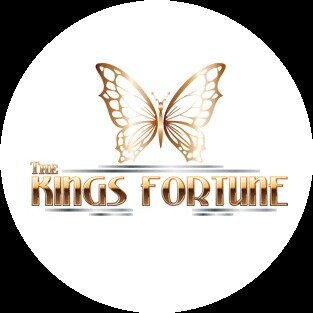
Muncie Pottery Art Deco Shapes
Muncie Pottery Art Deco Shapes
There is some question as to exactly when the Art Deco shapes first made their way from the kilns of Muncie Pottery. It is undisputed that Reuben Haley was already selling art deco designs to Fulper Pottery in 1926, and glass designs to Consolidated Glass in 1926 as well. However, the lack of surviving Muncie catalogs makes determinations difficult. We have a catalog from 1929, which shows the full range of deco shapes by Haley. But we don't have catalogs from 1928, 1927, or 1926, so it is impossible to know when each line was created during this period. Some suggest that they all sprang into existence at the same time, in 1929. That would be a rather unlikely occurrence given the time it takes to develop, test, authorize, and produce a line. They more likely were introduced individually across several years.
These designs are considered the first American art deco pottery lines, predating the Roseville Pottery Futura line by almost a decade.
Shapes 184 through 198 represent the first Reuben Haley line, known as the "Figural". Shapes 189, 190, 193, and 194 were originally labeled by collectors as the "Figural line" due to the relief designs, but further research combines all designs from 184 through 198 as a single deco line offering including bowls and candlesticks. Shape 169 is often included as well due to its obvious organic design. This wider expansion of the figural line resolves the issues with the various organic shapes appearing along side of the relief designs. Once combined they become obvious compliments to each other.
The 6 "Spanish" line designs were assigned shape numbers from 273 through 279 with no known design for 274.
The basic "Rombic" line of 12 forms stretched from 300 through 312 with no known design for shape 311. The Rombic and deco-style lamp bases were assigned numbers 220-224, and 220-6, 220-8, 220-10 and 221 certainly qualify as Rombic. Collectors have included the clearly pure art deco 222, 223, and 224 as Rombic for decades since they appeared on the same catalog page as the Rombic lamp bases.
The final two Deco pieces are lamp bases, and neither are shown in any known catalogs. They are the "Skyscraper" and the "Dancing Nudes". The Dancing Nudes lamp base is undoubtedly a Reuben Haley design. Although the designer of the Skyscraper lamp base is unproven, there is a high likelihood it is also the product of Haley's imagination just as the rest of the art deco designs.
The following shapes have common names associated with them by collectors and dealers which were not designated by the company originally:
189 Goldfish Vase
190 Lovebirds Bowl
191 Pepo Vase
192 Gourd Vase
193 Lovebirds Vase
194 Katydids Vase
196 Mount Pelee
221 Cannonball
222 Thin Arrow
223 Thick Arrow
224 Empire State
275 Tall Aorta
278 Low Aorta
279 Spanish Handkerchief
300 Rombic Fan
301 Money Bag
307 Stacked Cubes
308 X vase
309 Falling Triangles
310 Cube Vase
312 Star Vase
??? Skyscraper
??? Dancing Nudes
During the period which saw the Art Deco designs, nearly every conceivable glaze and color combination ever used by Muncie found their way onto them. This was a period of unprecedented experimentation for the company, but most of these shapes were found to be very difficult to produce. The Figural group shapes often come with hairline stress cracks, and few of the Rombic pieces came out of the kilns in saleable condition. The public showed little interest in the Spanish Line, so although from a collector standpoint the Art Deco lines provide great appreciation, they nearly bankrupted the company.
Below is a guide to the Muncie Pottery Art Deco shapes. Those listed as "No Image" do not occur in any known catalogs and await the discovery of additional catalogs to identify them. If you are in possession of original catalogs, advertisements, or other paperwork relating to Muncie Pottery, please contact The Kings Fortune to help us keep our information as accurate as possible.
We highly recommend these books for collectors of Muncie Pottery. They provide vast amounts of information about the most popular America Art Pottery companies. This website may receive compensation for qualified purchases of these books.


















